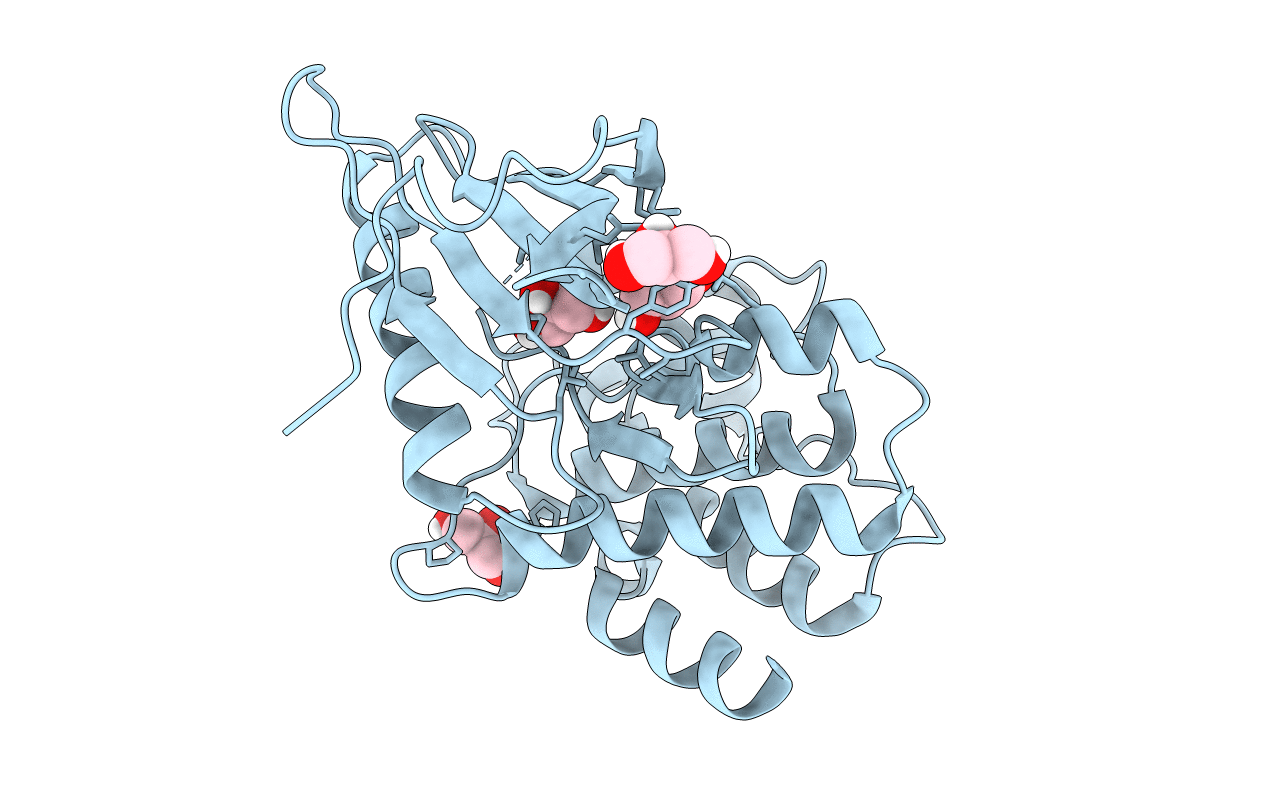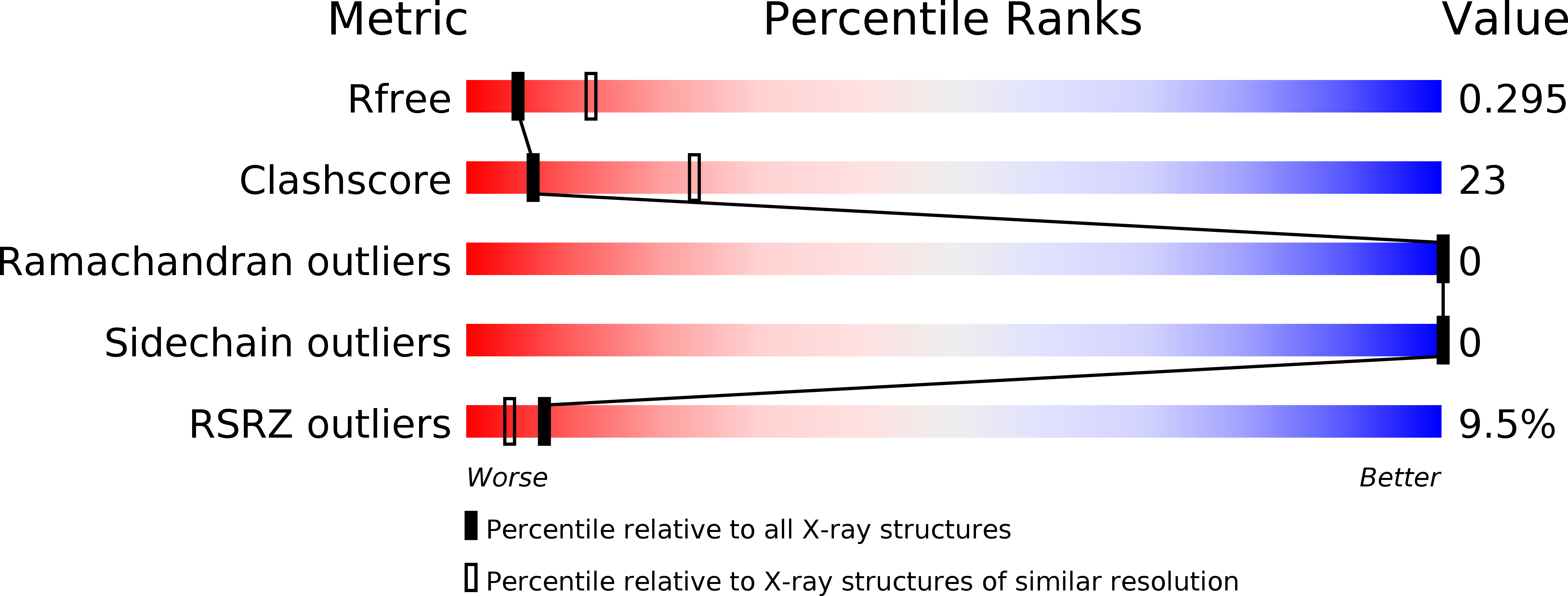
Deposition Date
2017-12-15
Release Date
2018-06-27
Last Version Date
2023-10-04
Entry Detail
PDB ID:
6BWK
Keywords:
Title:
Crystal structure of the human MLKL pseudokinase domain T357E/S358E mutant
Biological Source:
Source Organism:
Homo sapiens (Taxon ID: 9606)
Host Organism:
Method Details:
Experimental Method:
Resolution:
2.79 Å
R-Value Free:
0.29
R-Value Work:
0.25
R-Value Observed:
0.25
Space Group:
C 2 2 21


